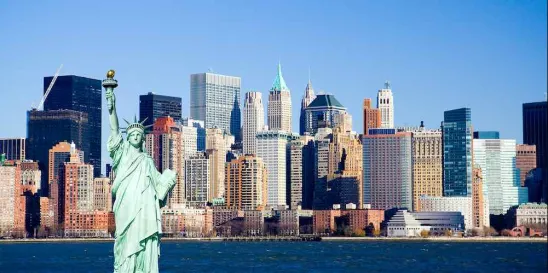It is no secret that New York City continues to face an affordable housing crisis. Many experts believe this boils down to a supply problem, yet others remain skeptical. However, a recent Furman Center publication addressed supply skepticism head on, finding that adding new homes moderates price increases making housing more affordable to low- and moderate-income families, but that government intervention is still critical to securing housing affordability. Despite this and other compelling research findings, the State legislature failed to renew the 421a tax exemption in 2023. This, coupled with rising construction costs, resulted in a continuous decline in new building permits lasting into the last quarter of 2023. The City, however, has taken initiative in the face of this crisis: just 5 days before the new year, the City’s Department of Housing Preservation and Development (“HPD”) announced Mixed-Income Market Initiative (“MIMI”), a new program aimed at building affordable and mixed income homes across the City during a time when State (and Federal) resources are scarce.
Under MIMI, developers of projects that comprise of a minimum of 70% affordable units may submit proposals to HPD to qualify for (1) an HPD subsidy loan, and (2) a discretionary Article XI tax exemption. HPD subsidy loans will be made by and at the discretion of HPD and the NYC Office of Management and Budget, and are required to have a minimum term of 30 years. To be eligible for this HPD subsidy loan, the borrower must be a Housing Development Fund Corporation (“HDFC”), either alone or in partnership with nonprofit entities and/or for profit entities, and such HDFC or its partners must have a proven track record of developing, marketing, and/or managing the type of proposed project. Article XI tax exemptions are discretionary and must be approved by the City Council. If granted, such tax exemption may last up to a maximum of 40 years. Notably, such projects will also be subject to a regulatory agreement with a coterminous restriction term of no greater than 40 years and no less than 30 years.
Regarding the affordable unit breakdown: the affordable units must have rents that are affordable for households earning up to 120% of the Area Median Income (“AMI”), and all affordable rents must be affordable at least 20% below market. Moreover, at least a quarter of the total units must have rents that are affordable to extremely-low income households (i.e., 30% AMI or below) and very-low income households (i.e., 31-50 percent AMI), inclusive of units for formerly homeless households. At least 15% of the total units must be set-aside for homeless individuals or households. Projects may also include supportive housing units not to exceed 30% of the total units. Additionally, projects participating in the voluntary or Mandatory Inclusionary Housing program must assume that an additional 15% of the total units above all inclusionary housing requirements be permanently affordable.
HPD is also imposing certain sustainability and resiliency requirements: all project must achieve a Green Communities Green Certification, and will be required to retain a qualified benchmarking service provider to track heating, electric and water usage. Further, if projects are located in flood hazard areas, HPD may impose additional hazard mitigation requirements.
Lastly, projects that use Federal Low Income Housing Tax Credits will not be allowed to participate in the program, however, commercial spaces within projects may still receive and/or apply for ICAP or other benefits.
Applicants have until February 15th, 2024, to submit proposals to HPD. For more information on program and application requirements, please visit https://www.nyc.gov/site/hpd/services-and-information/mimi-rfei.page.
Samuel Zarkower contributed to this article.




 />i
/>i
